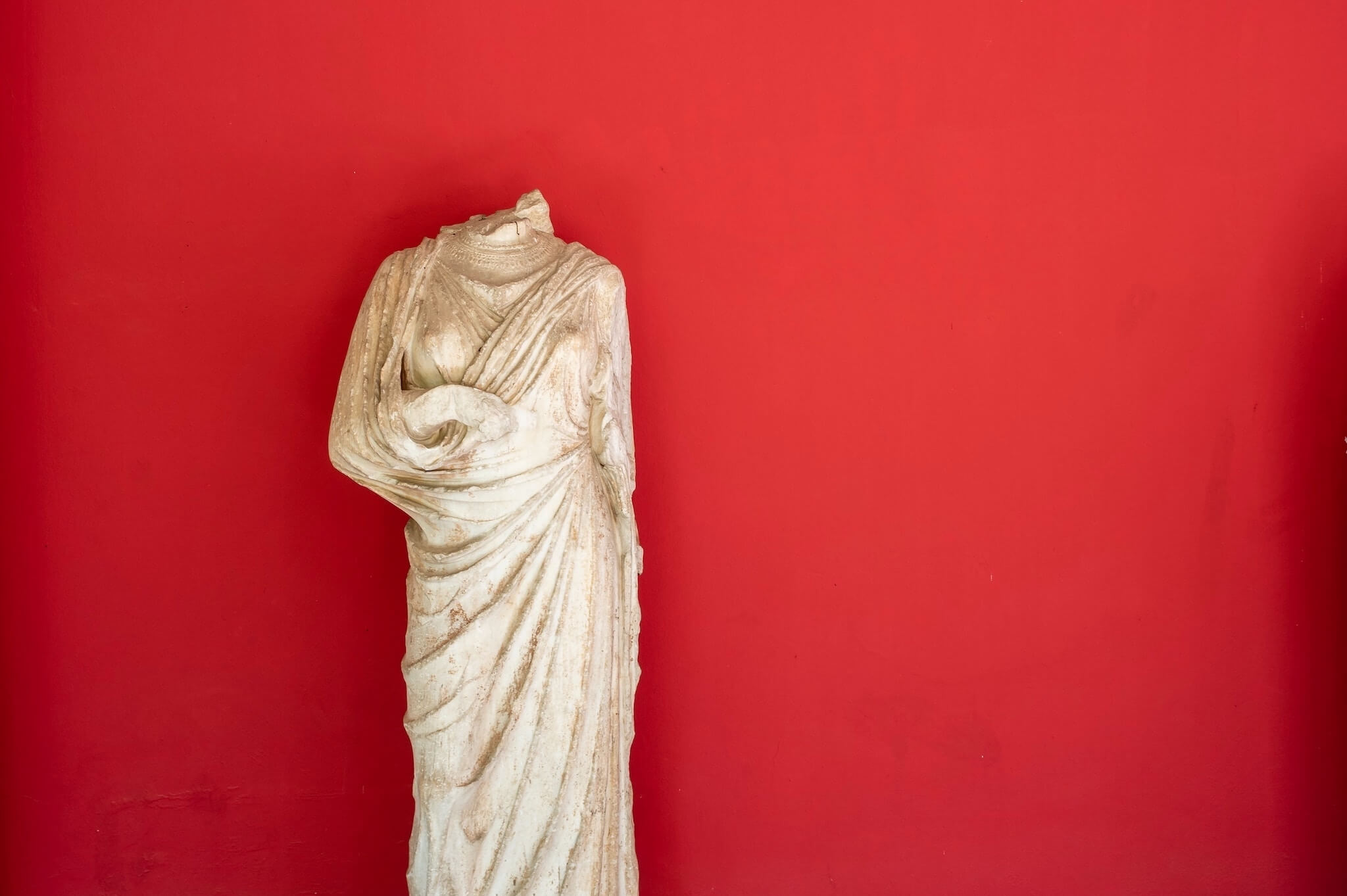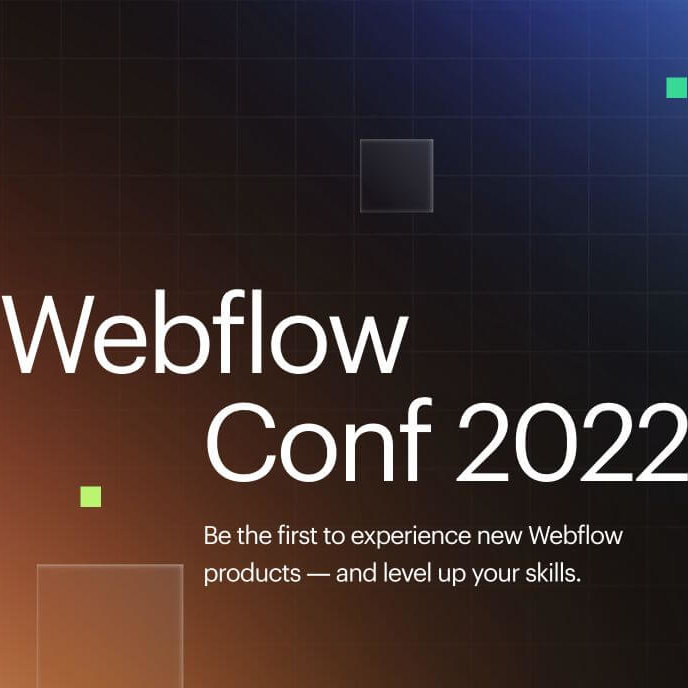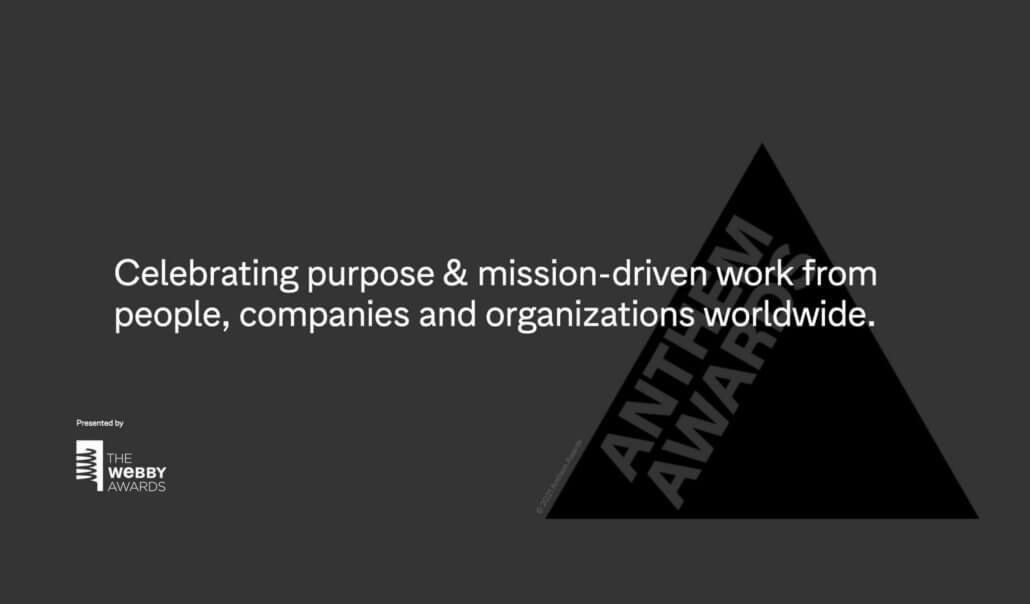What Is a Headless Content Management System?
Is this emerging website architecture right for your site build?

You’re likely familiar with the term CMS (content management system), a platform with a backend or content repository where editors can create, manage, and optimize digital content. Once published to a frontend, visitors can see and interact with it on the web.
This type of monolithic CMS model was created to enable organizations to manage websites more simply with fewer resources. When blogging became popular in the late 90s and early 2000’s, content management systems (such as our beloved WordPress) gained wide adoption thanks to their simple, user-friendly everything-in-one model. But as content formats and device types have evolved, the demand for a system that houses content and can display it anywhere beyond just a website has exploded. Enter what’s known as a headless CMS.
What is a Headless CMS?
Let’s go ahead and imagine a CMS as a person to understand this “headless” thing. From the neck down, the body consists of the repository that stores and manages your content. If you’re familiar with CMS’s like WordPress, you can think of the body as the user interface the admin sees when uploading images or adding copy, as well as the database behind it. The head represents a front-facing presentation of this content — what the website visitor sees. With this traditional CMS model, the content gets rendered to the visitor in a single context (ie as a web page, the “head”), which is solidly attached to that particular CMS’s “body.”
Now, imagine your CMS person without a head. The body (your content repository) still exists, but the absence of a head, or attached frontend, means you can choose how and where to display your content. Where a traditional full-bodied CMS generally offers one content repository to one presentation layer, a headless CMS can push the stored content to various presentation interfaces. For example, the same content repository could serve a phone app and a website (two heads!).
Most headless content management systems consist of a web-based user interface where admins can upload and organize content, a database to manage and store this content (data), and an API (application programming interface) that allows developers to access and output the data. Within this infrastructure, the content being pulled from the database is not tied to a specific CMS or infrastructure, so it’s essentially available to be coded in any format and infrastructure. This means the developers can build out a frontend using any web application framework in virtually any programming language — and flexibly choose unique solutions for each “head” as needed.
When to consider a headless CMS
While headless content management systems often require more configuration up front than one that’s out-of-the-box, they offer adopters virtually endless configurations for how and where to output content.
The following are factors that can influence choosing a headless CMS:
- You want to use your content or data for more than a website, for example, applications or digital kiosks
- The website developers want the option to choose what languages and frameworks to use for the frontend
- You want the scalability hosting your website on the cloud offers
- You want to use a static site generator like Next.js or Gatsby
When to consider a monolithic CMS
Don’t overlook the ease of use of an all-in-one or monolithic CMS like WordPress or Drupal. Choosing headless is great for certain projects, but can also be more work and investment to set up and maintain than it’s worth for non-enterprise sites. A traditional CMS connects the frontend and backend of your website into an accessible package that contains the database for your content, the user interface for managing the content, and the presentation layer (your website). A single system serves your entire site, simplifying deployment, development, and content management – all while still allowing for powerful customizations by developers.
The following are factors that can influence choosing a monolithic CMS:
- You don’t need to share your content with other digital channels (apps, other websites, internal/admin content, etc.)
- You don’t have plans to scale your website significantly in the near future
- The flexibility of headless doesn’t outweigh the cost-effectiveness and ease of use of an out-of-the-box CMS
Choose the right CMS for the circumstances
While headless content management systems aren’t the right solution for everyone, they can be the right choice in certain situations. We offer headless development at Mangrove for organizations that want scalability, the ability to serve their content to multiple devices from one repository, and those who want complete control over customizations and functionality.
Whether you’re interested in a website served by a headless content management system or want to explore what platform is best for your organization, we can help. Reach out to us.
A Certified B Corp, Mangrove is a woman-owned website design and development company with a diverse, talented team distributed around the globe. We’ve been building websites since 2009 that amplify the work of change-making organizations and increase the competitive power of businesses owned by historically marginalized people.
If you found this post helpful, subscribe to our monthly newsletter for notice of future posts and other news from us.




